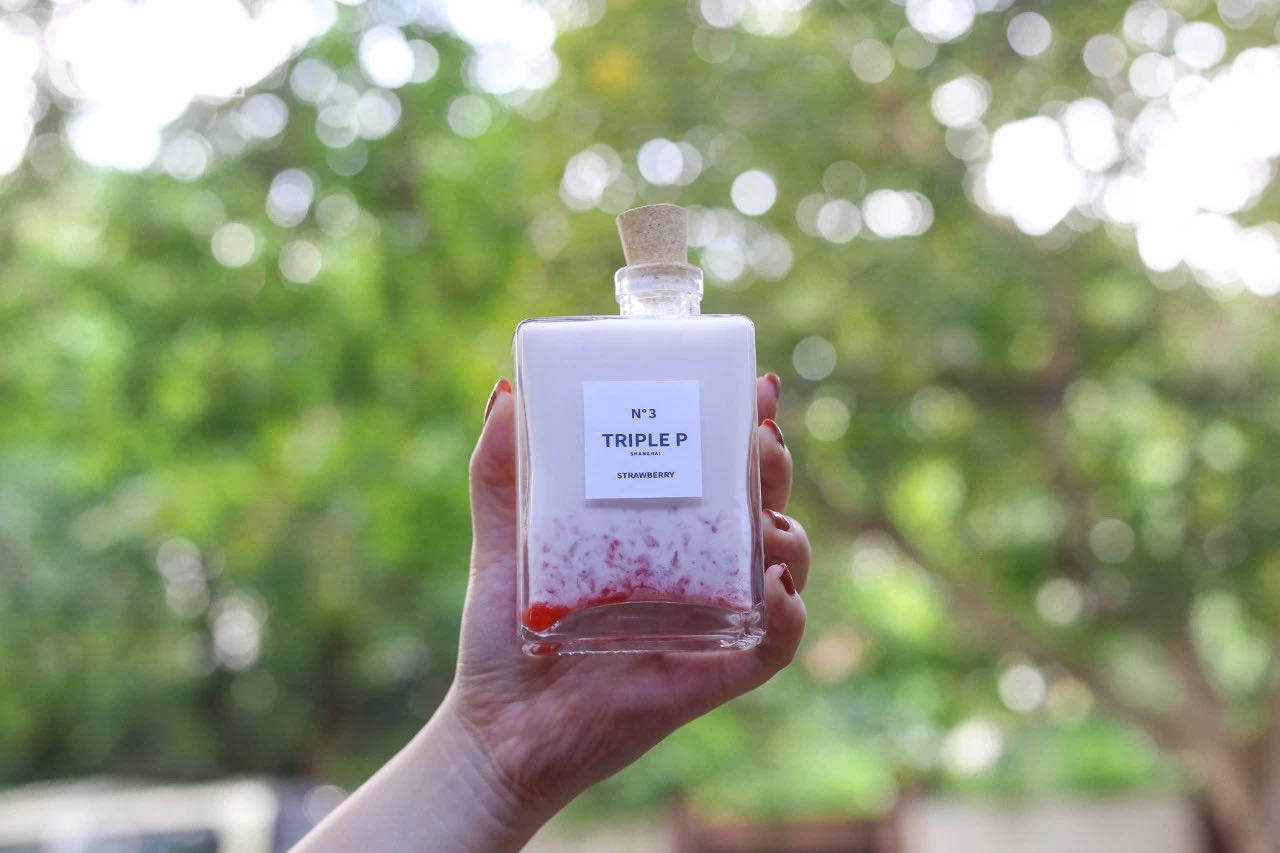 Over the past five years, since the rapid development of new tea drinks in China, people have been enjoying not only the brand logos and various tastes of milk tea drinks, but also the milk tea bottles of various heights and styles. From the traditional plastic bottles and the paper cups to the shakers, from PET (polyethylene terephthalate) transparent bottles to the current trendy glass bottles, the packaging of milk tea has become an evolutionary history, constantly changing and developing.
Over the past five years, since the rapid development of new tea drinks in China, people have been enjoying not only the brand logos and various tastes of milk tea drinks, but also the milk tea bottles of various heights and styles. From the traditional plastic bottles and the paper cups to the shakers, from PET (polyethylene terephthalate) transparent bottles to the current trendy glass bottles, the packaging of milk tea has become an evolutionary history, constantly changing and developing.
Before we talk about the evolving changes in containers of new tea drinks, we might as well take a look at Hong Kong, where most people have a habit of drinking milk tea. Different from the Taiwan-style milk tea and new tea drinks, Hong Kong-style milk tea originates from the British practice of afternoon tea and values the sense of ‘break time’. Therefore, it is mainly for eat-in. The take-out containers are usually transparent plastic bottles. According to the Facebook page Milktealogy, there are 11 common containers. The most impressive ones among those are thick double red line tile cup and glass with grooved patterns, which are the classic containers of hot and cold milk tea.
Also, the founders of Milktealogy, Lang and Haze gave the following conclusions in their research page: The thickness and the material of the milk tea cups have no direct impact on the taste of the milk tea. What has a great impact is the temperature of the milk tea when you drink it. The temperature affects the taste of the drink. Your response to the first taste determines whether you think the drink is good or not.
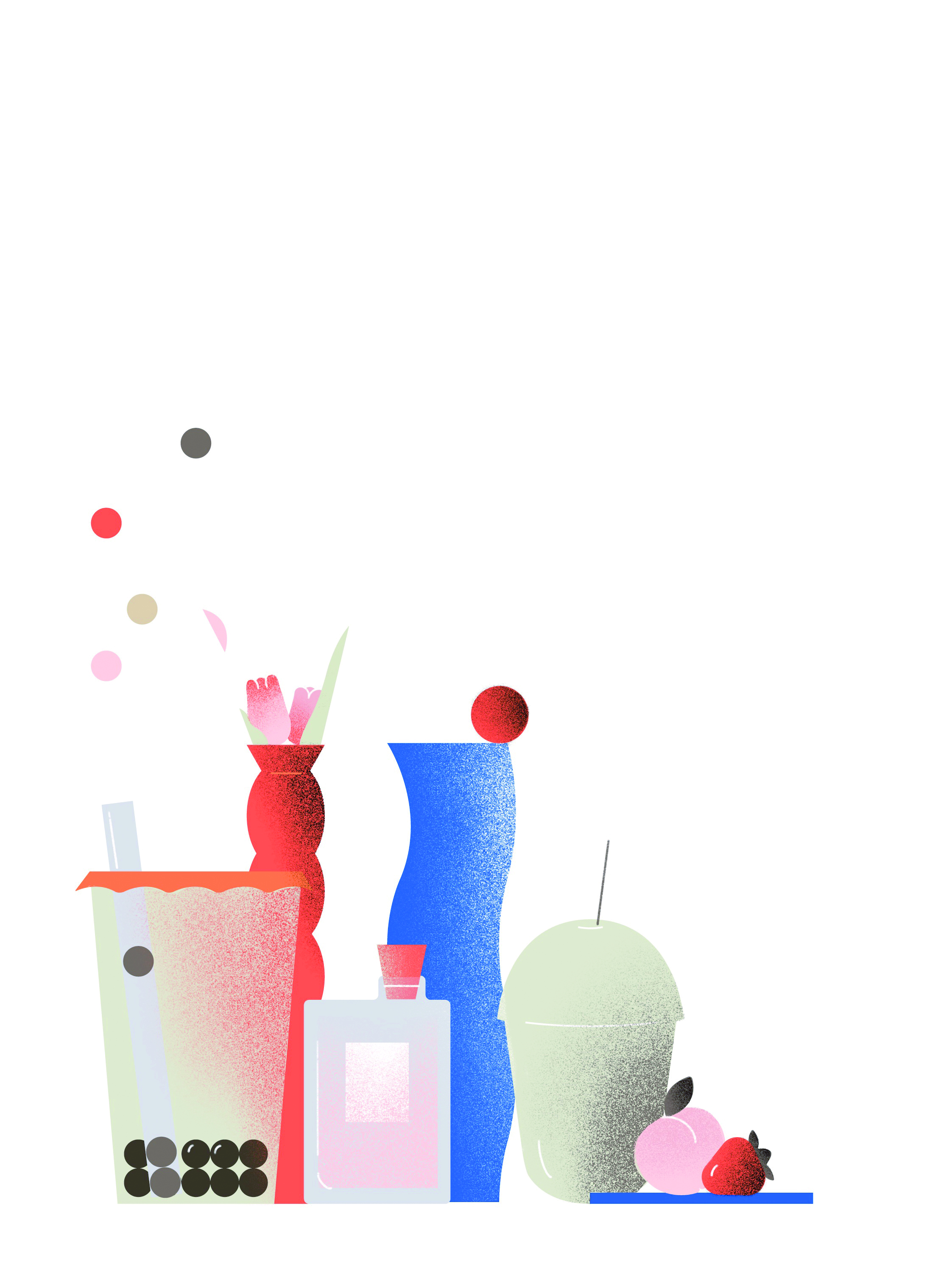
Chain Brands Create Trends by Default
The container affects the taste of milk tea, and the same idea applies to the thriving new tea drinks. As a product evolved from Taiwan-style milk tea, the new tea drinks bear the quality of convenience by default regarding the drinking experience. So even if soft plastic bottles are no longer the best options in the decade after infusion tea drinks lost their popularity, the containers of the new tea drinks still tend to go with lightweight PET bottles.
Nayuki, one of the new tea brands which have taken the lead in marketing milk tea, has a wide-spread anecdote of founder Xin Peng having invested 180,000 yuan to make their original designs of tea bottles: With the girls being able to hold the bottle one-handed as the design goal, the bottle shaped with a wide top and a thin bottom was selected along with the frosted material to make a translucent appearance and a slip-proof effect with rich texture. A groove was designed on the rim of the cup to keep lipstick from sticking. Leakproof plugs on lids were designed to look like male and female icons. The design had been adjusted 18 times to get the ‘best grip’ before it was given the ‘Nayuki tea cup’ title. Since then, the design of ‘Nayuki tea cup’ has been remodeled by various manufacturers. Its specific parameters may have become the standard of the industry. Other remodeled designs include the chunky round milk tea bottle of dirty tea, sealing and printing technology, the bottle covers, and so on.
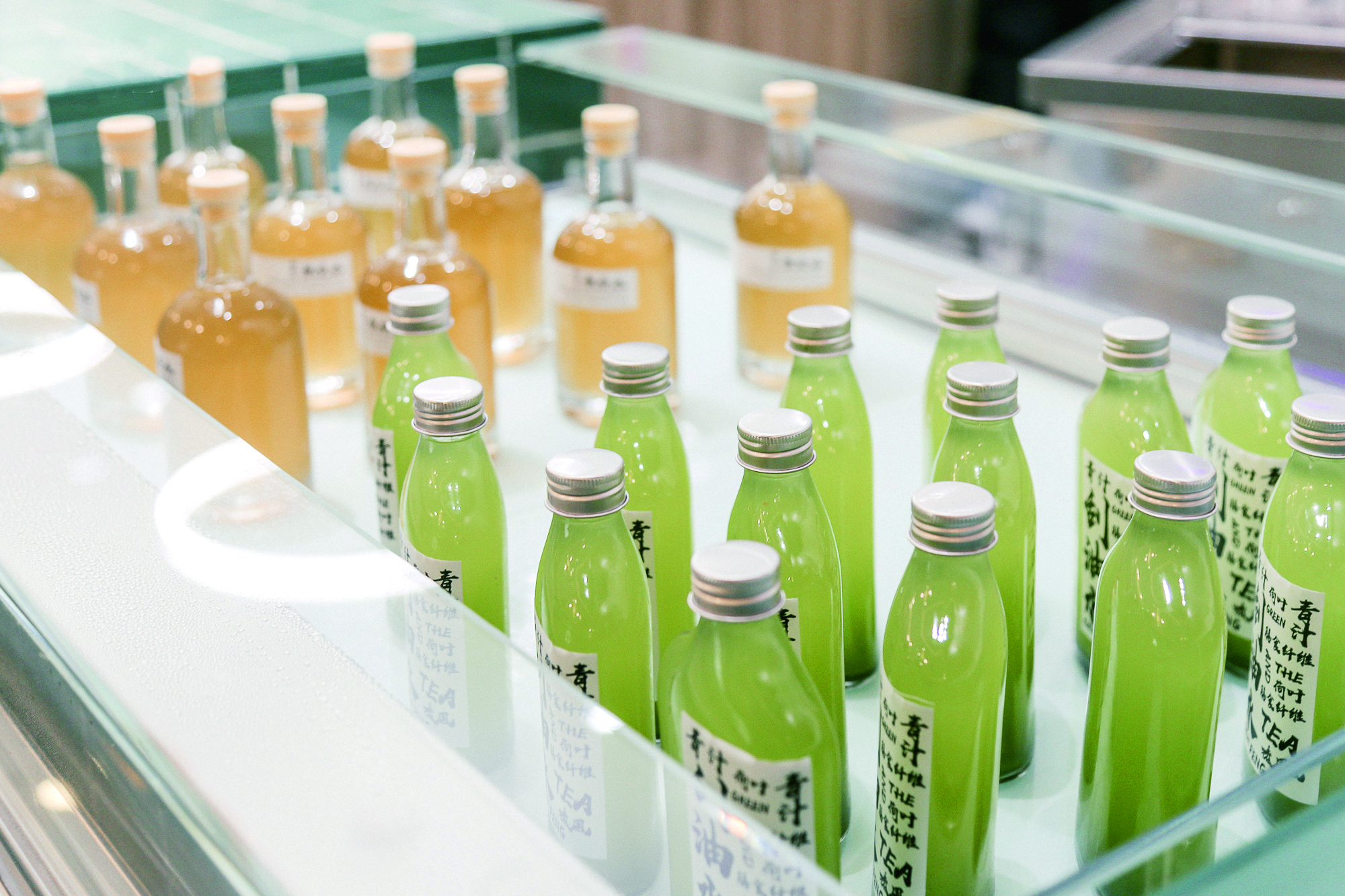
The slender translucent milk tea bottles, chunky round dirty tea bottles and standard paper cups of hot drinks have become the most iconic designs in the rise of new tea. Therefore, the creation in this field has become a top priority of the packaging design department for each major brand. The design elements include graphic designs and reshaping the lids, etc. For example, Nayuki updated its logo by changing the graphics on the bottles; HEYTEA invented a rotatable lid for its snow cap tea with chocolate powder on the top, and LELECHA released the limited edition of milk tea bottles, which collaborated with other brands and illustrators.
Also, a lot of efforts have been made on the shapes of bottles. Last year, HEYTEA launched its fruit yogurt in bottle, marketed as a low calorie healthy eating habit. Accordingly, PET bottles with hard materials (still in the shape of dirty tea bottles) were specially selected along with a separate detachable compartment for fruits and grains to distinguish them from other similar products on the market. In the milk tea culture where take-away and take-out enjoy a great popularity, success depends on details. Even if it is just a small plastic holder, it plays a big role not only in separating the yogurt and fruit to maintain the best taste, also in keeping the ingredients intact when consumers or delivery men carry them. The neat and clean design looks like a tail light of a bike penetrating the dark night, grabs people’s attentions and excites curiosity.
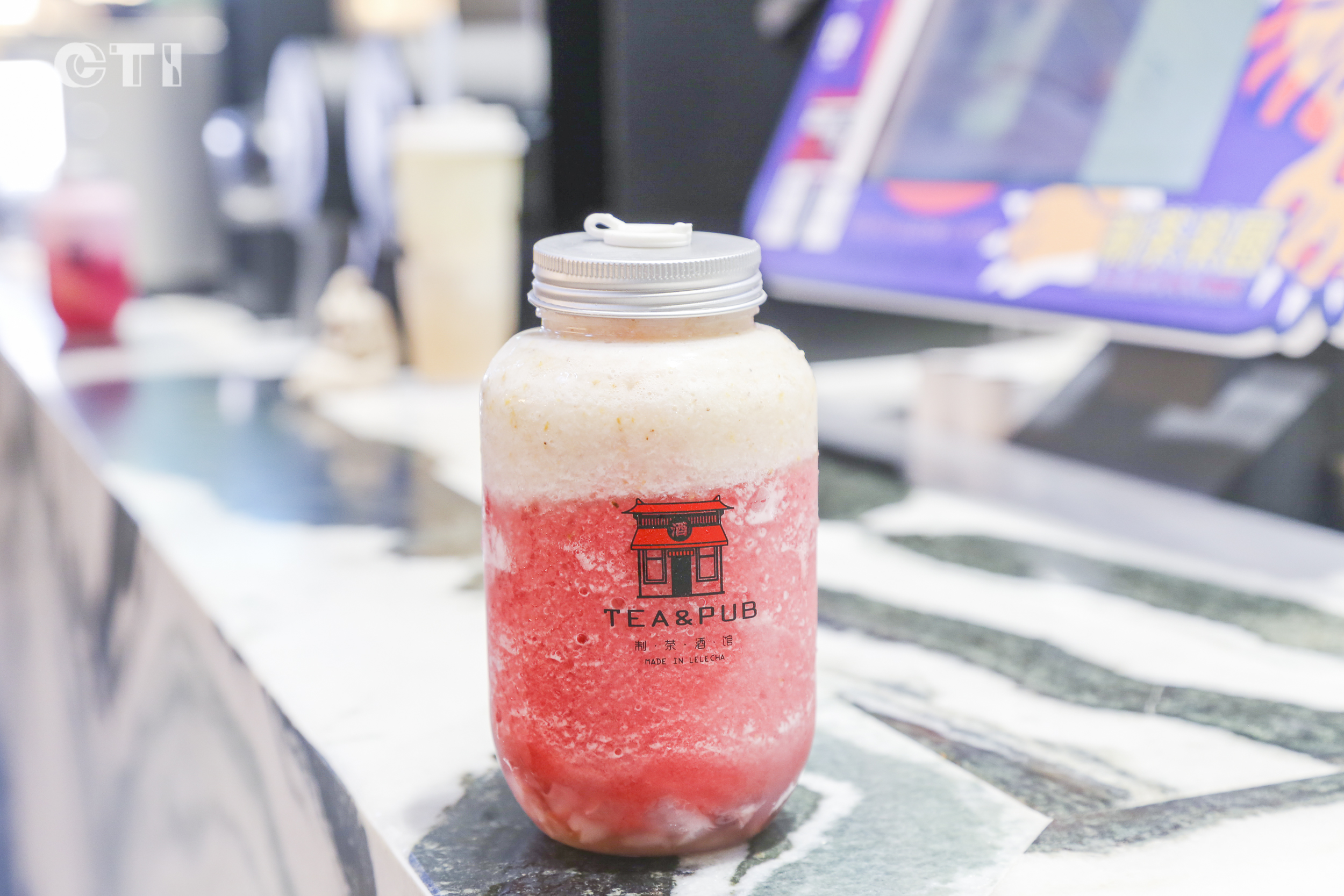
Creative Freedom of the Indie Brands
When the chain brands market the milk tea bottles into brand images, and industry patents, the indie boutique brands, not to be outdone, draw upon the creative freedom to carry out a revolution outside the box.
One of them is health-preserving tea from ChunFeng, which was a huge hit in 2019 Shanghai. The renowned royal jelly water was bottled in a bell-shaped transparent container, placed on ceramic tiles and illuminated with strong and bright lights. The light yellow tea looked crystal clear and mouthwatering. In sharp contrast with its Chinese tea competitor 1828 Wang Laoji, it looked fancier and more expensive. Despite its ordinary taste, it stood out as a winner in terms of its brand image and the fact that it did successfully attract buying interests.
The perfume bottle shaped milk tea which had been popular in South Korea has also landed in Shanghai. Triple P, founded by two Korean girls, opened its first shop on Changle Road in Shanghai. There are no seats in the shop for eat-in, but a display window of perfume bottle shaped milk tea illuminated by spotlights, which soon became a trending spot on social media. Decorated with famous perfume icon ‘N°3’ stickers, thick glass and cork plugs, the mix and match was more inclined to be labeled as ‘fancy’. Although the milk tea bottle is not as light-weight as bottles from other brands, even a bit heavy to carry, it is pretty eye-catching just like the yogurt cup from HEYTEA. Two years since it opened, Triple P milk tea is still maintaining an average price of 35 yuan and still making its products by mixing fruit pulp, chocolate, matcha or other ordinary gradients with milk. But this independent brand has opened three stores in Beijing and Shanghai, even stationed in shopping malls, sitting in the best possible positions with excellent views.
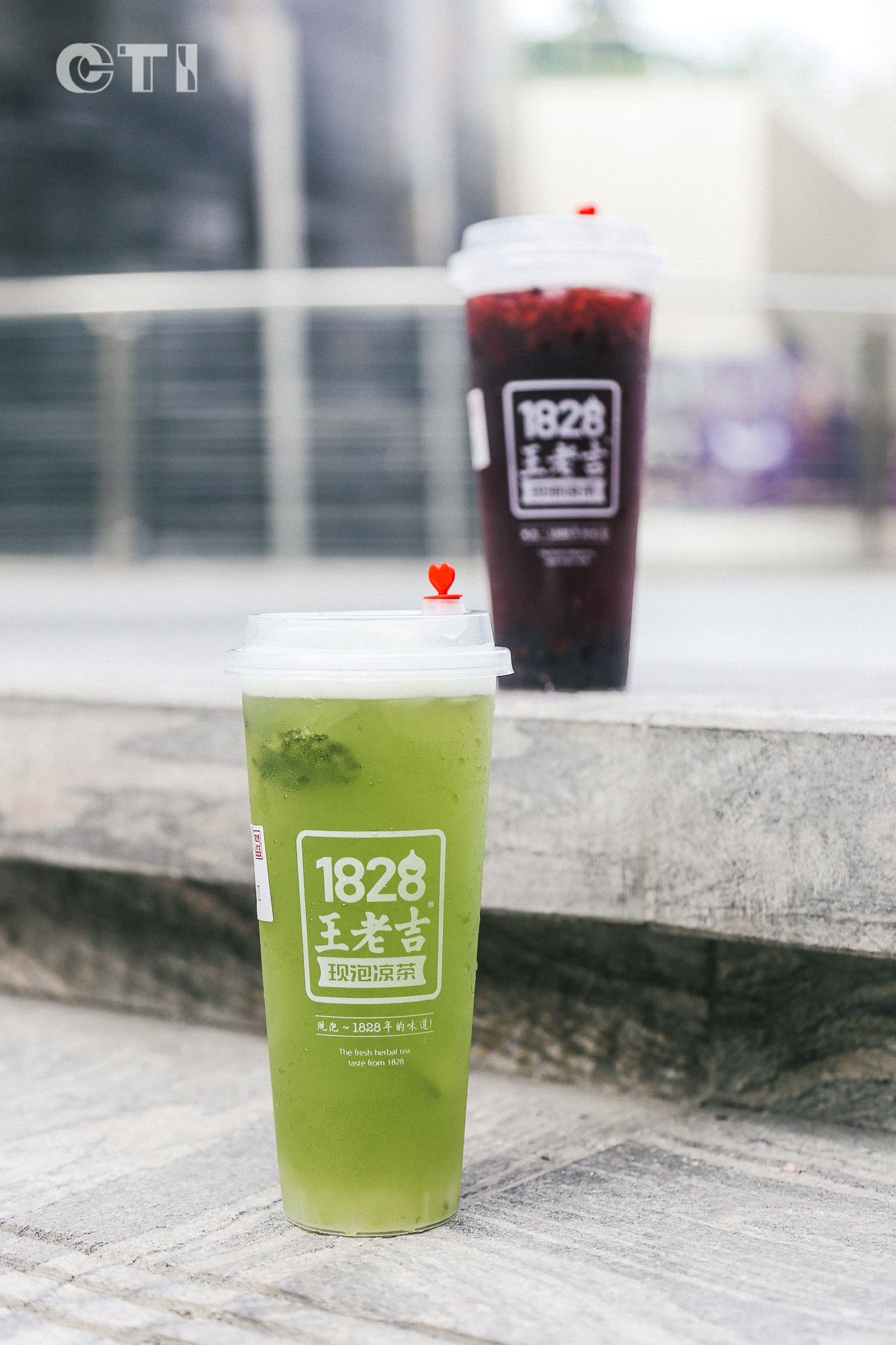
In addition, there are food-grade plastic bags with Thai milk tea and hand-shaken tea landing in the new tea drink market, trying to get a slice of the cake. When the brands with glass bottle packaging advertise that their glass bottles can be reused as vases, the brands with plastic bags probably promote theirs by highlighting the portable features of their products. The only one marketing strategy shared by different brands has to be the emphasis on the aesthetics of the milk tea packaging, which agrees with the mere fact that consumers are more likely to take aesthetics as an important consideration.
Aesthetic Demands behind the Evolution of Containers
Whether it is for a chain brand or for an independent brand, it has become a fact that the new tea industry has been overwhelmed by the product packaging. Also to a certain extent, the packaging can be considered as equally important as the quality of the tea.
The container and the sealing of product, designed originally as a protection, have been constantly redesigned and adapted, which resembles the frantically growing social and esteem needs over basic needs. The pure love for beauty wouldn’t go so far as ‘lookism’, but considering the appearance of milk tea bottles as the only criteria in buying decisions would be taken as falling into ‘lookism’.
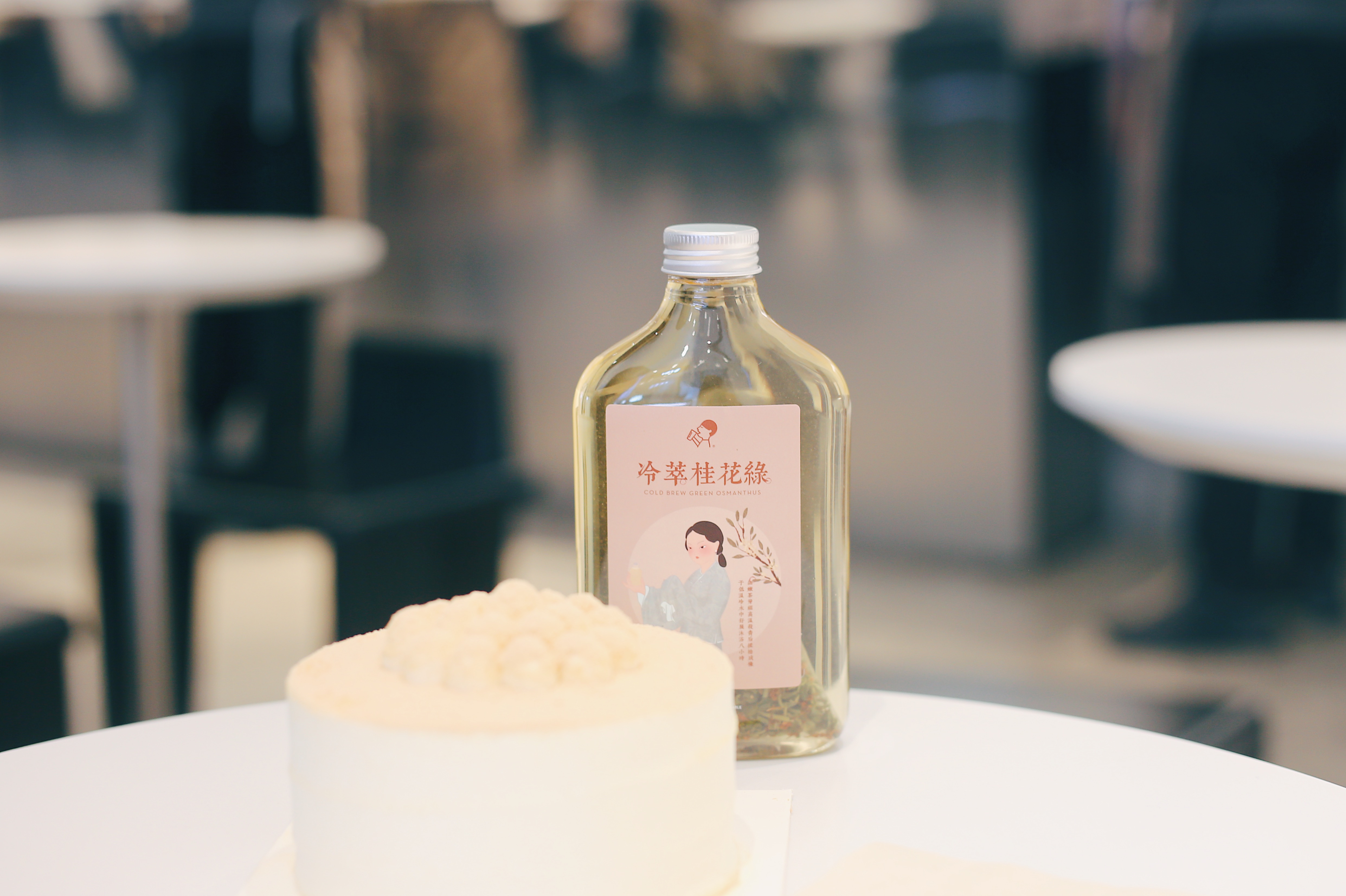
One of the reasons why The Alley became so popular among young people is owing to its gradient smoothie from its Aurora Series, which started from My Bottle in 2014, caught on the Asian or even global trend of aesthetic PET bottles in sum mer, poured colorful drinks into bottles and eventually became a trending series that consumers can’t help posting about on social media.
In a word, stunning products can be surprises, however, too many similar stunning products are more likely to generate aesthetic weariness and to backfire. For example, replacing the fruit pulp in fruit tea with pigments to make it more colorful, or making a marbling pattern by diluting the milk toppings, have created not only social media posts with the instantly disappeared stunning effects, and also an easy way for the brands to make profits. Therefore many food vloggers can make a living within the industry.
When visual stimulation plays an important part, people invent new competing games on social media from the ordinary gradients we get used to everyday. And the aesthetic competitions have been fueled and escalated. The convenience has to compromise to fancy taste. The taste of the product has to compromise to the visual stimulus. As a result, additional values attached to the milk tea have been numerous.



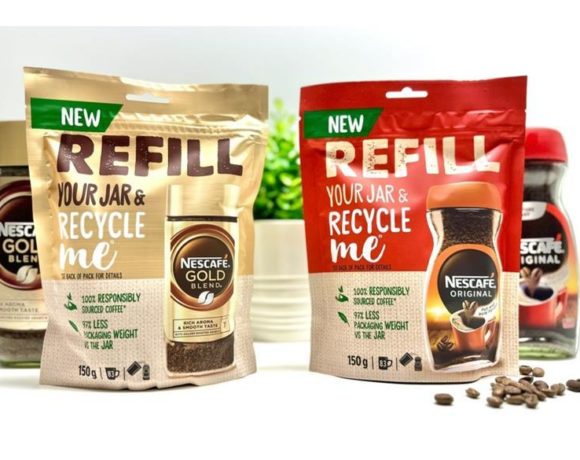
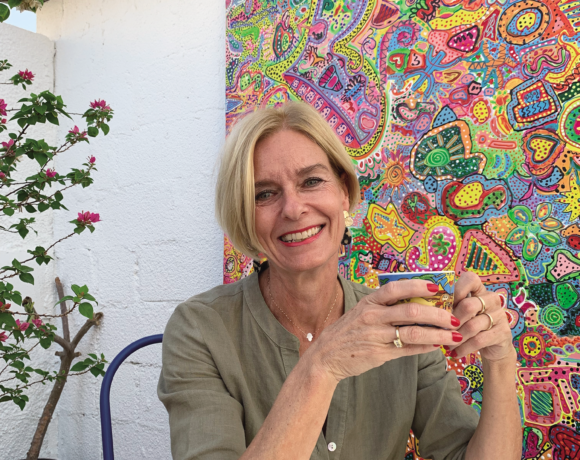
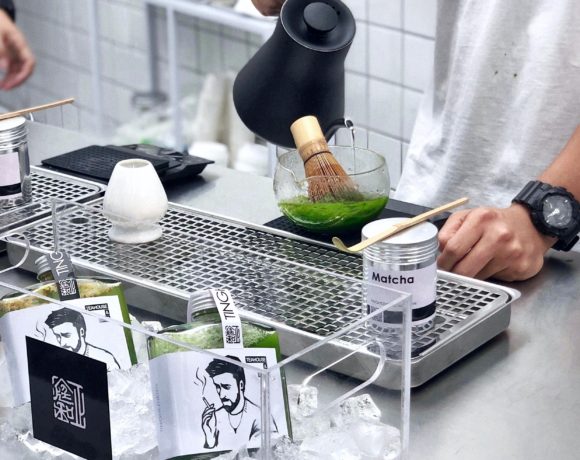






NO COMMENT